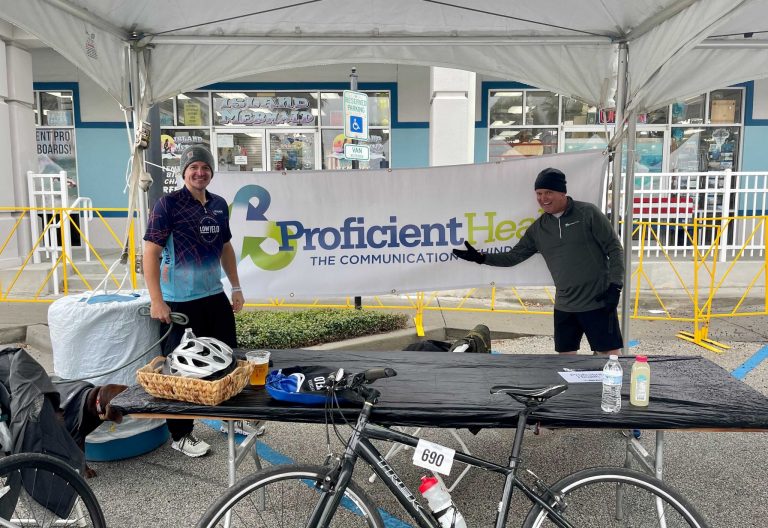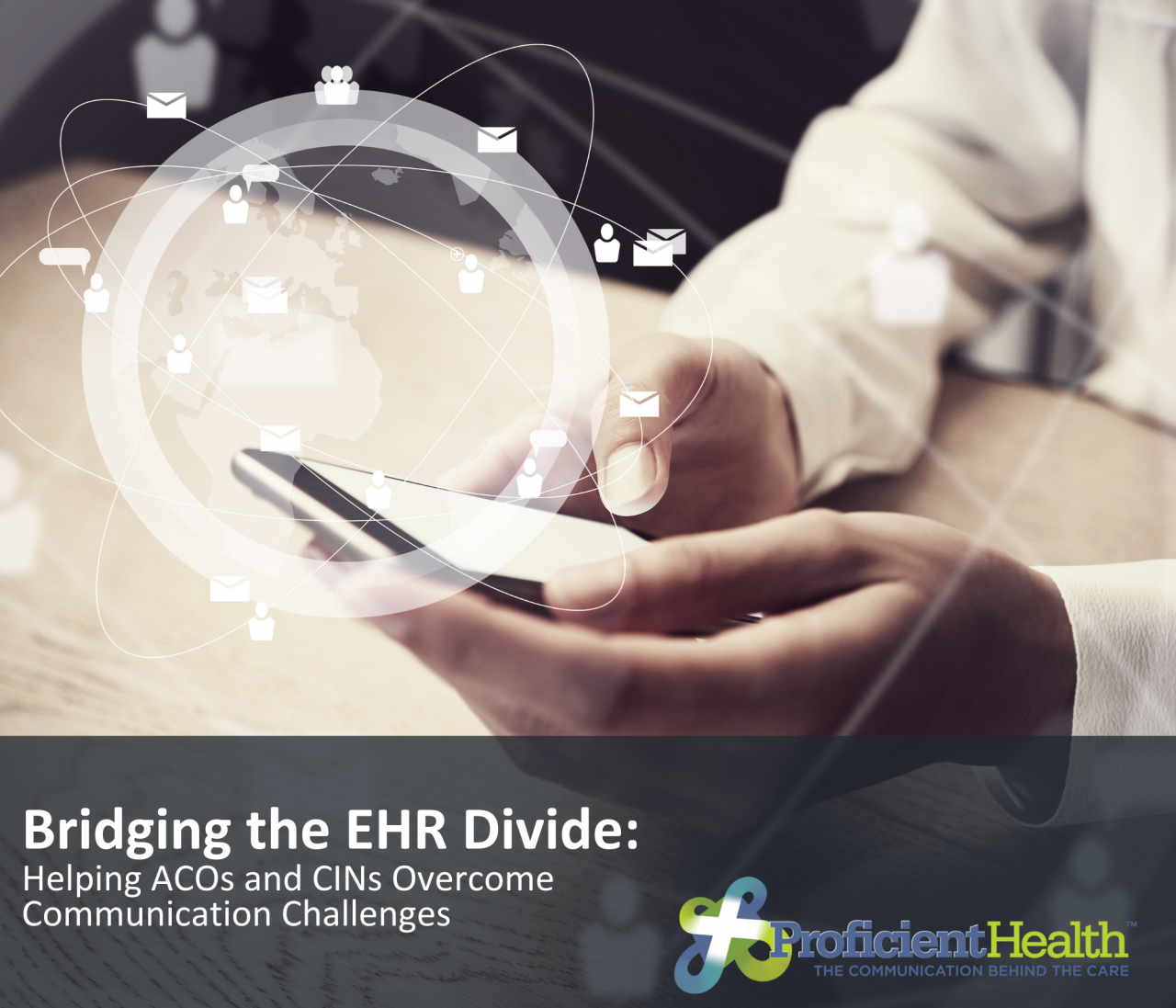Better Communication Helps Children’s Hospitals Stay Connected to Community

Children’s hospitals are facing increased competition as health systems and community hospitals expand their pediatric services. As a result, children’s hospitals are continually seeking new and strategic ways to improve patient care, expand their presence, facilitate growth and alleviate economic pressures.
The children’s health ecosystem is especially complex and more geographically dispersed. While all hospitals rely on patient referrals from community-based physicians, children’s hospitals must draw patients from a much broader geographic area than a typical adult care hospital.
Care coordination of pediatric patients across geographies requires much tighter integration and information sharing between different sites and providers. There must be a seamless transfer of patient information—whether patient records, test results, or physician referrals — between locations, from one affiliate hospital to another, and from primary care physician (PCP) to hospital specialist.
With that in mind, children’s hospitals are realizing that provider-to-provider communication outside their four walls is more important than ever before. The challenges of interoperability in healthcare, including disparate Electronic Health Records (EHRs), call scheduling systems and workflows can make that difficult. Physicians are also inundated with emails and other communication. Lost communication or miscommunication can result in delayed responses and delayed patient care.
To help you understand how to overcome these challenges, we explored how two leading children’s hospitals—one “free-standing” and one a children’s “hospital within a hospital” — used an innovative HIPAA compliant communication communication strategy to create “stickiness” with community-based physicians, enhance access to their physicians and facilities, improve care and even help address the total cost of care for pediatric patients.
In 2018 alone, Ann & Robert H. Lurie Children’s Hospital of Chicago served more than 198,000 children from 50 states and 51 countries. Lurie Children’s Pediatric Partners (LCPP), its clinically integrated network, has over 1,000 participating providers and 110,000 managed lives under contract.
PH Connect has made it easy for more than 220 community pediatricians to directly connect to nearly 1,100 providers at Lurie Children’s, supporting true care coordination for their patients.
Lurie chose PH Connect for its groundbreaking MAACC program (Mood, Anxiety, ADHD Collaborative Care) in the summer of 2018. Understanding the importance of collaboration in healthcare, the goal of the program was to train and assist the primary care community to provide specifically defined mental health services while providing better access to Lurie specialists for certain situations. To date, there are 20 pediatric practices using the program averaging 250 HIPAA compliant messages per month with nearly 80 physicians participating and collaborating on care for over 340 children.
Overall, PH Connect has helped Lurie Children’s gain a competitive edge, better manage “network leakage” from within its Clinically Integrated Network, to facilitate better outbound healthcare communication, improve patient throughput and deliver better patient care.
WakeMed Health and Hospitals also turned to PH Connect to improve access to its children’s hospitals and specialists. WakeMed Children’s Hospital provides care for thousands of babies and children each year through a Pediatric Emergency Department and neonatal and pediatric intensive care units, with an average occupancy rate of at least 86 percent. With a regional territory including more than 1,000 providers and referring physicians, WakeMed understands how important access and communication are to achieving their strategic growth objectives.
PH Connect’s proprietary Intelligent Message Routing™ and its integration with EPIC were key to helping WakeMed streamline provider-to-provider communications, manage total cost of care (including Average Length of Stay), facilitate rapid growth of new providers and achieve better patient care.
“At WakeMed, provider-to-provider messaging via PH Connect improves patient care hundreds of times each day through several mechanisms. PH Connect allows providers real-time access to each other without prior knowledge of call schedules; enables them to share patient-specific information securely, unlike conventional texting; and provides read receipts to communicate that messages have been received,” said Ted Tsomides, MD, WakeMed Health & Hospitals.
Neither of these children’s hospitals really set out to secure their communication systems. Instead, they were trying to achieve strategic imperatives of improving patient care, growing the enterprise and managing cost of care— all while minimizing security risks.
Download the complete white paper to learn more. If you have any further questions, please contact us at info@proficienthealth.com.






